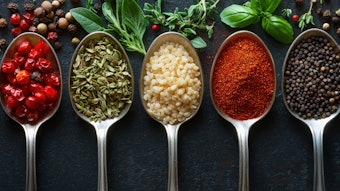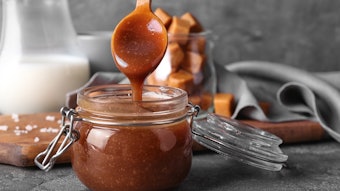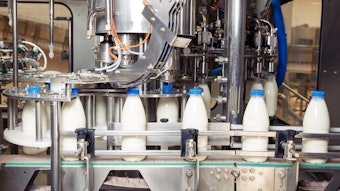There has been much interest in the Maillard reaction, or non-enzymatic browning reaction, from the flavor chemistry point of view over the past decade. Most processed foods generate their characteristic flavors through the Maillard reaction. Heterocyclic compounds such as pyrazines, pyrroles, pyridines, thiazoles and oxazoles are generated by a series of these reactions and have an important impact on the flavor of many foods, Among the heterocyclic compounds, which commonly possess the sensory properties of roasted, toasted and nutty characters, pyrazines are considered to be fairly representative of the flavor of roasted foods.
Although the mechanism of the Maillard reaction is quite complex, it is generally known that the processes initiated by the condensation reaction between an amine and a reducing sugar. Numerous model system studies have been reported on the formation of pyrazines through the Maillard reaction involving single amino acids and an equal mole of sugar. Since real food systems consist of mixtures of different amino acids, the Maillard reaction models based on two or more amino acids have generated a great deal of interest. Recently, the contributions of several amino acids to the reactivity of N-labeled glycine to form pyrazines has been investigated in this laboratory. However, pyrazine formation involving the interaction of more than one amino acid has not been well studied.
Pyrazines often are present in food in minor or trace quantities. As a result, the analysis and quantitation of pyrazines in food systems are often difficult. In the present study, we used Kuo et al.’s previously reported selective purge-and-trap method to study the effect of four amino acids, acting singly or in combination, on the generation of pyrazines.










